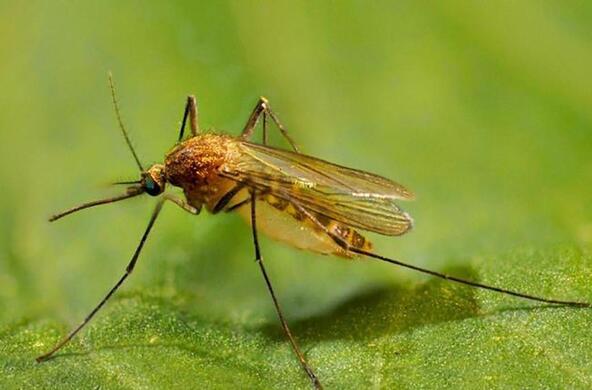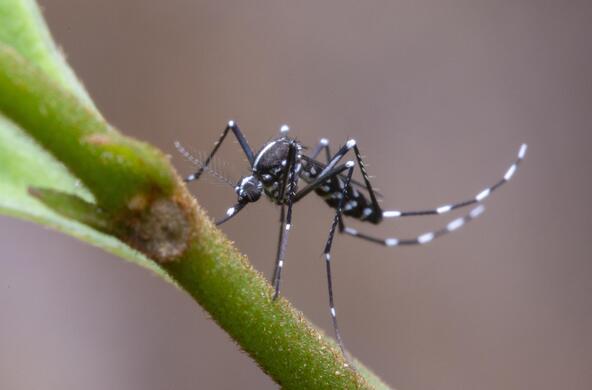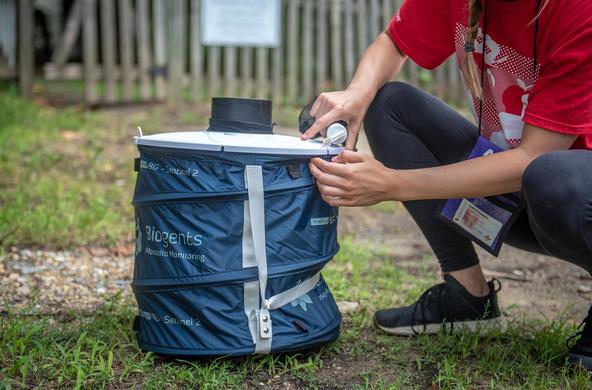It’s not the shark or the hippo. The world's deadliest animal is the mosquito.
Millions of deaths are caused each year by mosquito-borne diseases like malaria, Zika virus, and chikungunya – and the toll continues to rise. It’s anticipated that half of the world’s population will be at risk of contracting a mosquito-borne illness by 2050.
Urbanization and the global movement of both mosquitoes and the pathogens they carry are driving the escalation of mosquito-borne disease. Warmer, wetter weather, brought on by climate change, is expected to intensify the situation – allowing mosquitoes to thrive and move into regions that were previously too cool or dry.
Protecting people from mosquito-borne disease requires understanding and managing environmental drivers that fuel both mosquitos and the animals that act as pathogen reservoirs.
Cary is uncovering the environmental factors that increase risk of infection.
Forecasting global mosquito-borne disease emergence. By knowing which mosquito species transmit harmful pathogens, and where they overlap with pathogen reservoirs and people, predictions can be made about where and when a mosquito-vectored epidemic may break out.
Pursuing social equity goals. An ecological legacy of racist housing and planning policies led to landscapes dominated by abandoned buildings, vacant lots, and sanitation problems, habitats that sustain disease carrying mosquitoes. We are studying how socio-economic factors put vulnerable communities at risk and what we can do to change that.
Investigating effects of environmental factors on mosquito numbers and fitness. When it comes to disease risk, vector abundance matters. We are studying how environmental conditions like temperature and precipitation impact mosquito success, to identify combinations of conditions that boost mosquitoes and disease risk.
We’re making it safer to be outdoors.
Determining the best methods of eliminating mosquito habitat – and engaging citizens and community groups in targeted solutions – is key to reducing mosquito numbers and safeguarding health.
Our predictive models offer an opportunity to strategically target surveillance and control programs and help in efforts to reduce mosquito-borne diseases in human populations globally.



